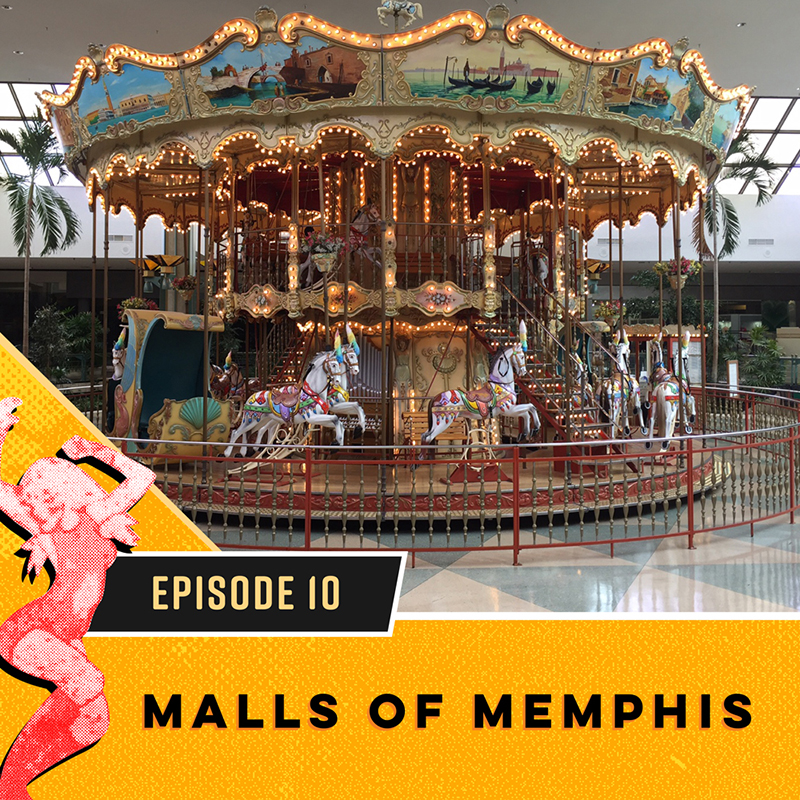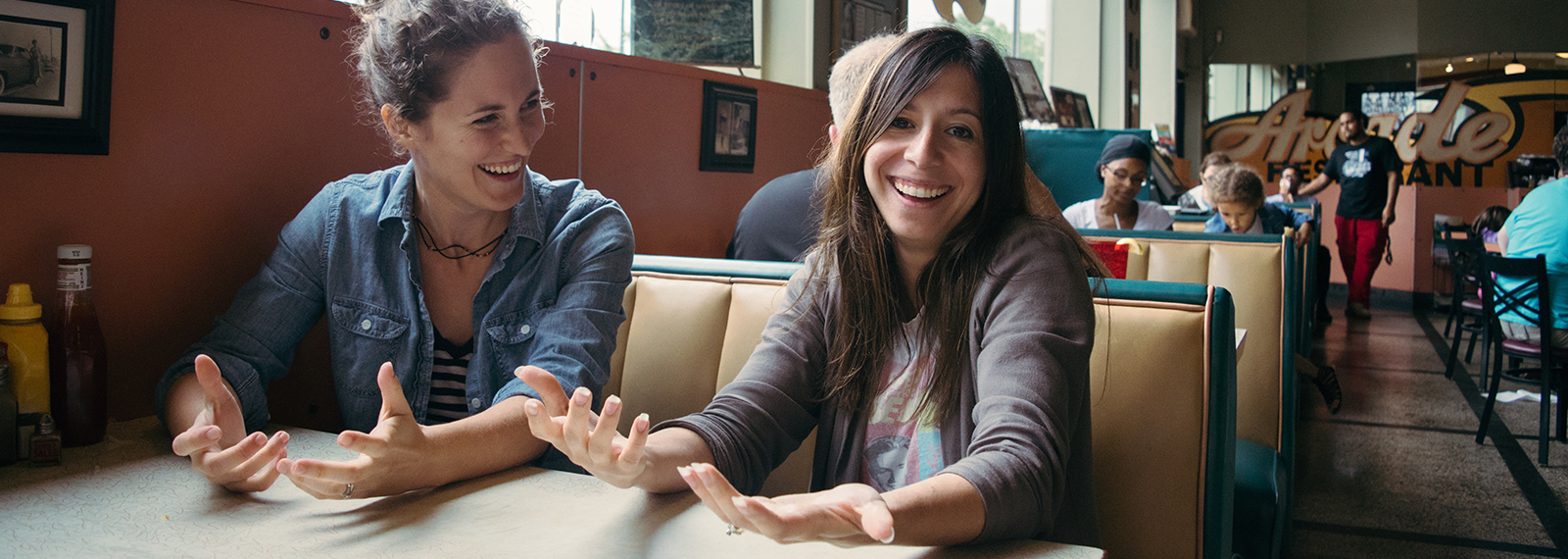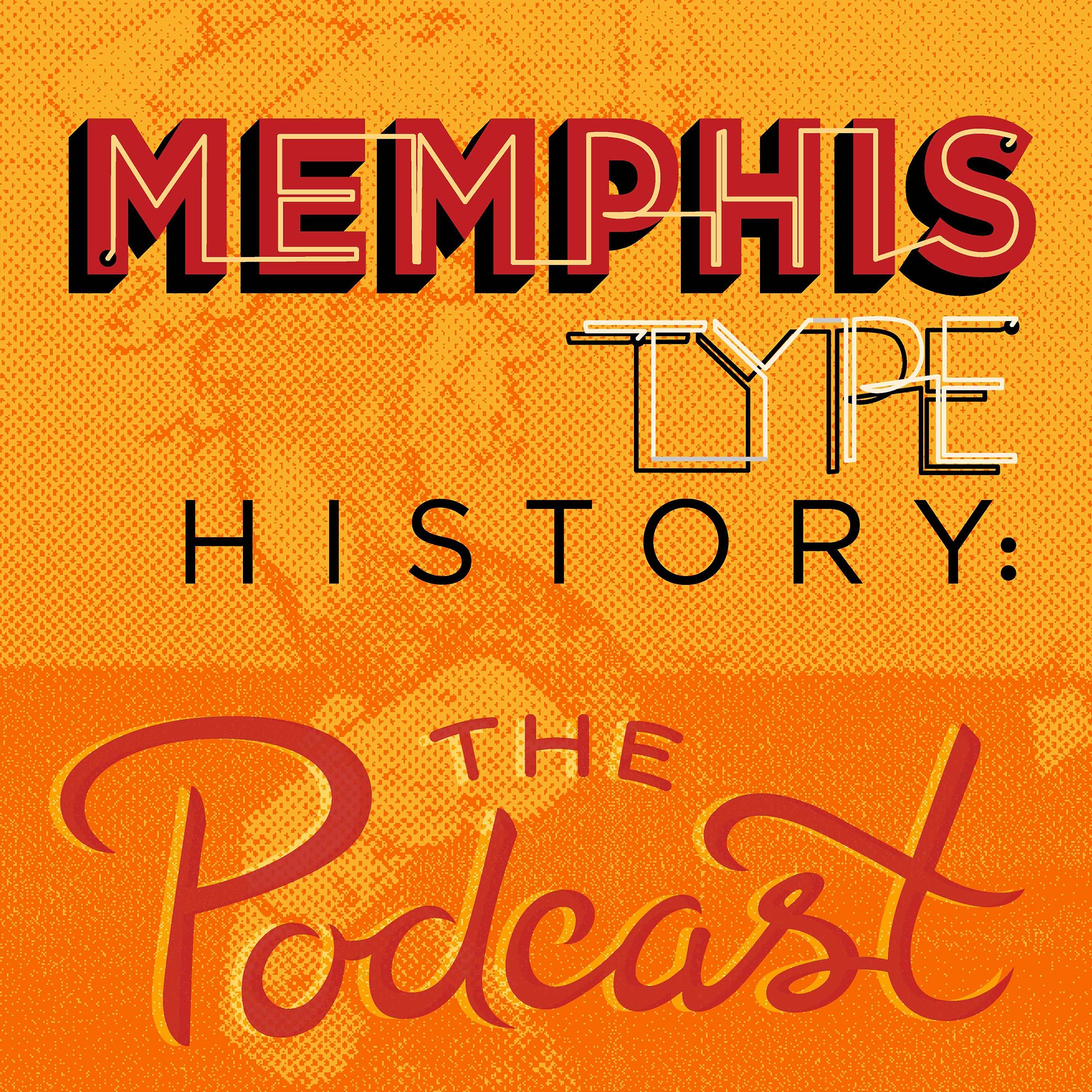Episodes

Sunday Jul 30, 2017
Malls of Memphis
Sunday Jul 30, 2017
Sunday Jul 30, 2017
In this episode of Memphis Type History: The Podcast, Caitlin and Rebecca talk about the history of a few malls in Memphis, how they started and what they've become. They also include some hopeful future news.
They talk about the history of malls generally, but also specifically how Memphis malls illustrate the rise and apparent current fall of the mall as an architectural construct in cities across the country.
They talk about where the oldest mall in the history of the world resides. Of course, it would be the motherland of architecture, none other than Italy. It's also an example of a galleria being in contrast to a mall because it makes use of a glass enclosed promenade. It's called Galleria Vittorio Emanuele II.
First up, the Hickory Ridge Mall, which came about in the heyday of indoor mall popularity: the eighties.
Rebecca took her family to visit the what was once one of Memphis' most popular attractions. It's the same place Caitlin's grandmother used to take her to shop at the oh so bougie Goldsmith's department store (Caitlin really just wanted to go to Wet Seal, though). In any case, Rebecca was particularly impressed by the still operating, double-decker carousel.
Unfortunately, the food court promised a lot but didn't seem to have much going on. The mall is now mostly space used by service providers to the now recessed community of Hickory Hill—a nonprofit pharmacy for low-income customers, tax prep services, the school district had a registration office, after school programs, etc. It's really amazing that it is still running at all given the fates of the next two malls and Hickory Ridge got hit by a tornado in 2008.
You can see another perspective from someone who grew up at the Hickory Ridge Mall and recently went back to visit from Michael Butler at his blog one901.com.
Next stop on my tour was the Raleigh Springs Mall—the second mall of Memphis.
Rebecca couldn't go inside because the Raleigh Springs Mall had been scheduled for demolition. It opened in the seventies and was on the forefront of a new phenomenon at the time: movie theaters inside malls. It's something we all associate completely with malls now but in the seventies it was a brand new idea and the Raleigh Springs mall was one of the first.
The Raleigh Springs Mall closed in 2011 and despite efforts to try and use it a new town centre concept to provide community services with a police precinct, library, job training center, etc. the build was demolish in 2017. Despite all of this, when Rebecca drove around the neighborhood, she was really impressed with the homes and surrounding neighborhood. It reminded her of the small Texas town where she grew up.
Then maybe the most tragic tale of them all:
The Mall of Memphis (aka The Mall of Murder)
The Mall of Memphis stormed the Mid-South as the premier marketplace and arrived with much fanfare. It boasted 1.2 million square feet of retail space including an ice skating rink, food court, a fancy ribbon-cutting, indoor concerts, and basically all the things you saw in the movies in the eighties that wished were happening at your childhood mall. Caitlin knows firsthand. She grew up visiting and remembers it being the place with all the cutting-edge stores especially one favorite (admit it, you loved it as a teenager, too) Spencer Gifts.
The mall developed a reputation for being unsafe. After hearing so many people refer to the mall by that reputation even now, many years after its closing, Rebecca looked into some research about exactly where the reputation came from. Rhodes College did a study about the subject comparing the Mall of Memphis to several others: Oak Court, Southland, and Hickory Ridge in regard to several specific areas of comparative data: location, demographics and, competition.
The big takeaways for me were the following:
- Media coverage played a really significant role in the name "Mall of Murder" sticking and by extension the reputation
- Other malls actually had a higher number of crimes per capita (Oak Court) and property crime rates (Hickory Ridge). Note: Rebecca states that Oak Court had higher violent crimes but it was actually property crimes as well as crimes per capita.
- There was a dramatic demographic shift from 1990 to 2000 in which the percentage of white residents nearby dropped precipitously. It's also worth noting that this shift didn't just occur in a racial binary (black/white). There was also a significant increase in new hispanic residents to area surrounding the mall of Memphis.
- The businesses in the Mall of Memphis were almost entirely geared toward "blue collar" shoppers as opposed to shoppers looking for "luxury" brands
For full show notes, go to memphistypehistory.com/malls


No comments yet. Be the first to say something!